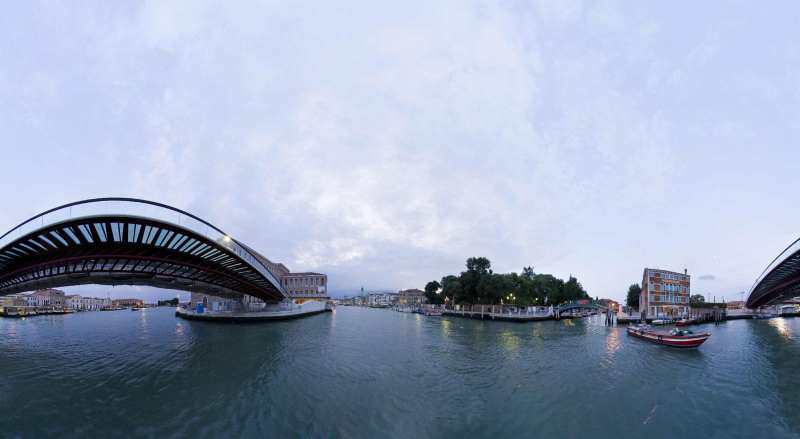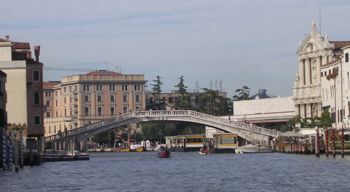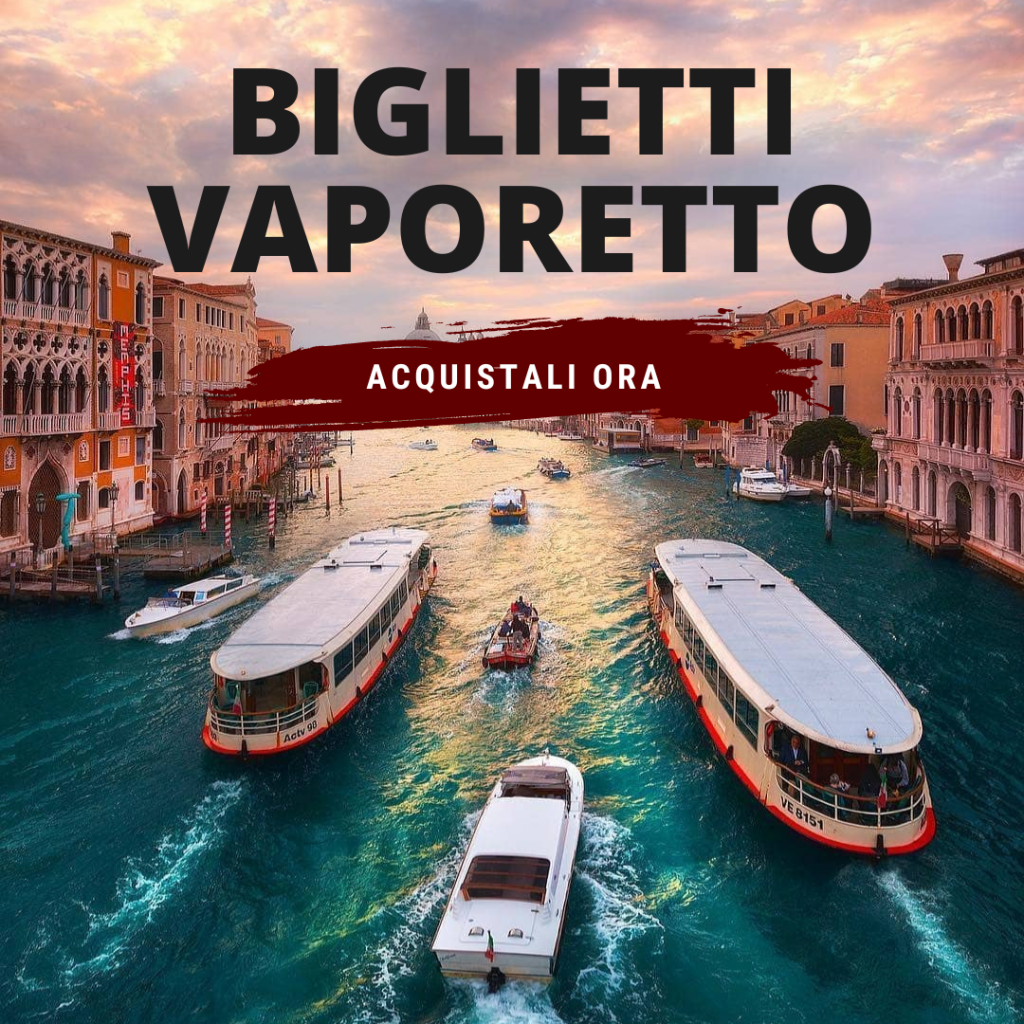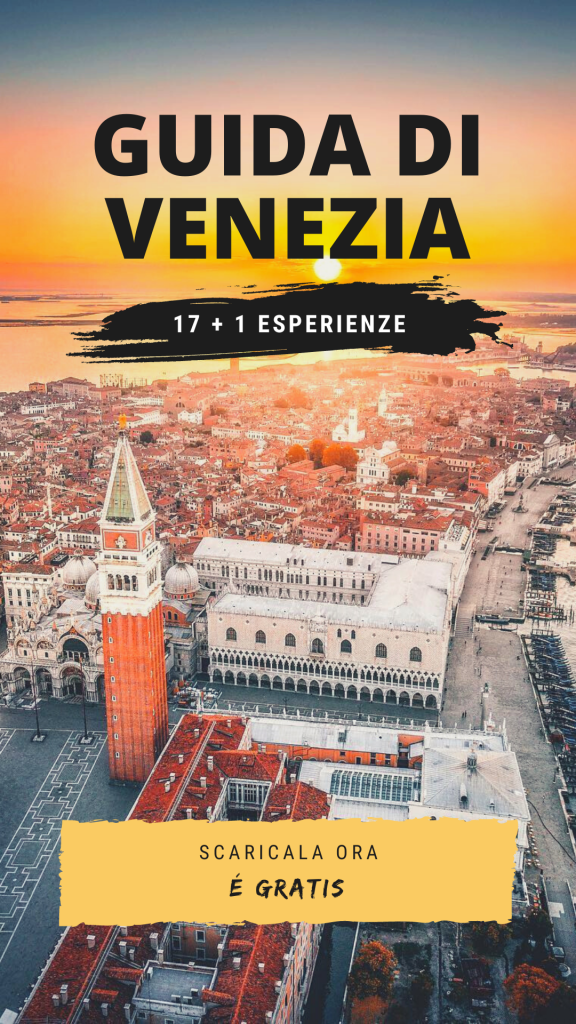Grand Canal
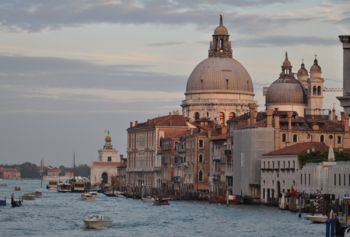
Description
The main waterway running through Venice is the Grand Canal. Most likely it was the bed of a river that carried its water to the sea. Make a winding path, as they overturned a, within the city center, dividing it into two main areas, each consisting of three districts, that if you find the right bank are called de citra or on the shore left de ultra.
On its waters are reflected the most prestigious buildings, for which the Venetians were fighting the best positions, entrusting to the most prestigious architects of the various eras, the task of designing and building the tallest building, the most prestigious, the most beautiful, the most stylistically speaking, modern.
Here is that the various Scamozzi, Sansovino, Longhena, Codussi, Serlio have succeeded in planning the construction, giving this magnificent street a wonderful succession of buildings, which in its overall vision can only impress every person who is about to follow it. The Palaces on Grand Canal are photographed one after the other, with the name of the family that built and occupied.
Some of these homes were also warehouses for goods that arrived from all over the known world, so as to become the Grand Canal the largest port in the world until the sixteenth century, as even the Rialto’s Bridge before its construction in stone, was a wooden drawbridge, as seen from the framework of the Carpaccio, now the Academy Galleries, or in the perspective map of Jacopo de Barbari.
The Casa fondaco, so it was called this type of dwelling, had the warehouse on the ground floor, mezzanine and offices in the house of the merchant to the main floors.
In ancient times, almost all the buildings that face the Grand Canal were painted. Tiziano Vecellio was commissioned to paint the exterior wall to the street of German Warehouse. The work he has done, however, only traces remain in State Archives which states that perform their work was paid with 150 gold coins only after prosecutors of San Marco had verified that it had been performed in a workmanlike manner.
The outer wall on the Grand Canal had already been painted by Giorgione da Castelfranco and one part is still visible and is exposed in the halls of the Academy Galleries.
Ships traveling along the Grand Canal and stopped to download directly in private warehouses, obviously after having passed through the Dogana da mar in which the goods were verified and access charges due paid. It was located at the beginning of Grand Canal, in what today is called the Punta della Dogana.
The night this wonderful gateway to the city was closed by a thick chain that crossed the Channel and was blocking actually browsing inside the city.
In the Grand Canal flow into the main streams of Venice, the Cannaregio Canal, which is reached with large boats from the mainland, the Rio di Noale leading directly towards the north lagoon, the Rio’s German Warehouse which allows us to move swiftly towards Castello and the Arsenal, the Rio di San Luca which flows directly in front the Church of Health, the Rio San Polo road which crosses the Sestieri of San Polo and Santa Croce, the Rio di Ca’ Foscari and Rio di San Trovaso that lead into the inner parts of the District of Dorsoduro.
The Grand Canal is crossed by four bridges. In chronological order, the first to be built was the Rialto’s Bridge which is known since 1264, only to be built in stone in 1592 as we see it today. Then it was built in 1864 Accademia Bridge, first as iron footbridge and then wooden stands today. Only in 1931 they built the Scalzi Bridge before the Railway Station Saint Lucia which replaced in case of this iron footbridge. To get to this day with the construction of the Constitution Bridge opened September 11, 2008, but much discussed in the type, extremely out of context, because it was not necessary, if not to some unscrupulous trader, and the high costs, leavened during construction.
Foto
